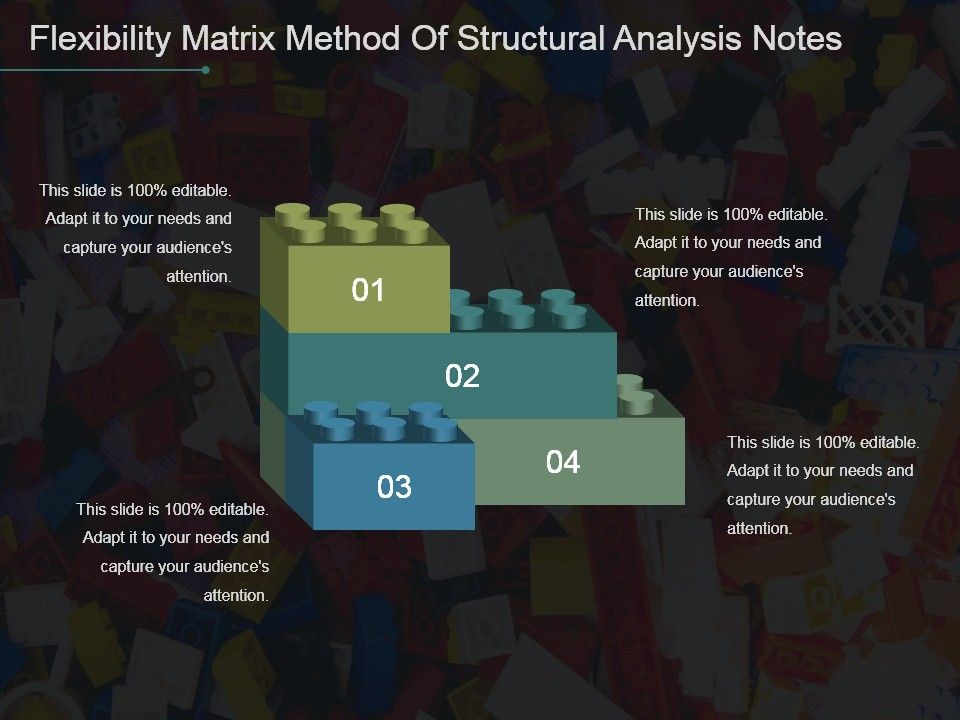

The cement industry alone causes 5.4% ( United Nations Environment Programme, 2019 Kelleter et al., 2020) of the global emissions of greenhouse gases and up to 10% of the total anthropogenic CO 2 emissions ( Scrivener et al., 2018).
Matrix method of structural analysis examples series#
The method of influence matrices is exemplified by a series of studies on different configurations of a truss structure. Influence matrices, as introduced in this paper, are a type of sensitivity matrix, which describe how and to which extend various properties of a given load-bearing structure can be influenced by different types of actuation principles. One approach for finding the optimal configuration is that of the so-called influence matrices. First, the question of optimal actuator placement and, second, which type of typology (truss, frame, etc.) is most effective. To reach ultra-lightweight structures, i.e., adaptive load-bearing structures, two key questions need to be answered. This in its turn allows for ultra-lightweight structures with significantly reduced material consumption and emissions. For example, adaptivity in load-bearing structures allows for a reduction of deflections or a homogenization of stresses.


The integration of sensors, actuators, and a control unit enables structures to react specifically to external loads, when needed (e.g., in the case of high but rare loads). One possible solution proposed by researchers at the University of Stuttgart, and which is currently further examined in the context of the Collaborative Research Centre (SFB) 1244 Adaptive Skins and Structures for the Built Environment of Tomorrow is that of adaptivity. This need for new technologies is further amplified by the continuing growth of the human population.


 0 kommentar(er)
0 kommentar(er)
